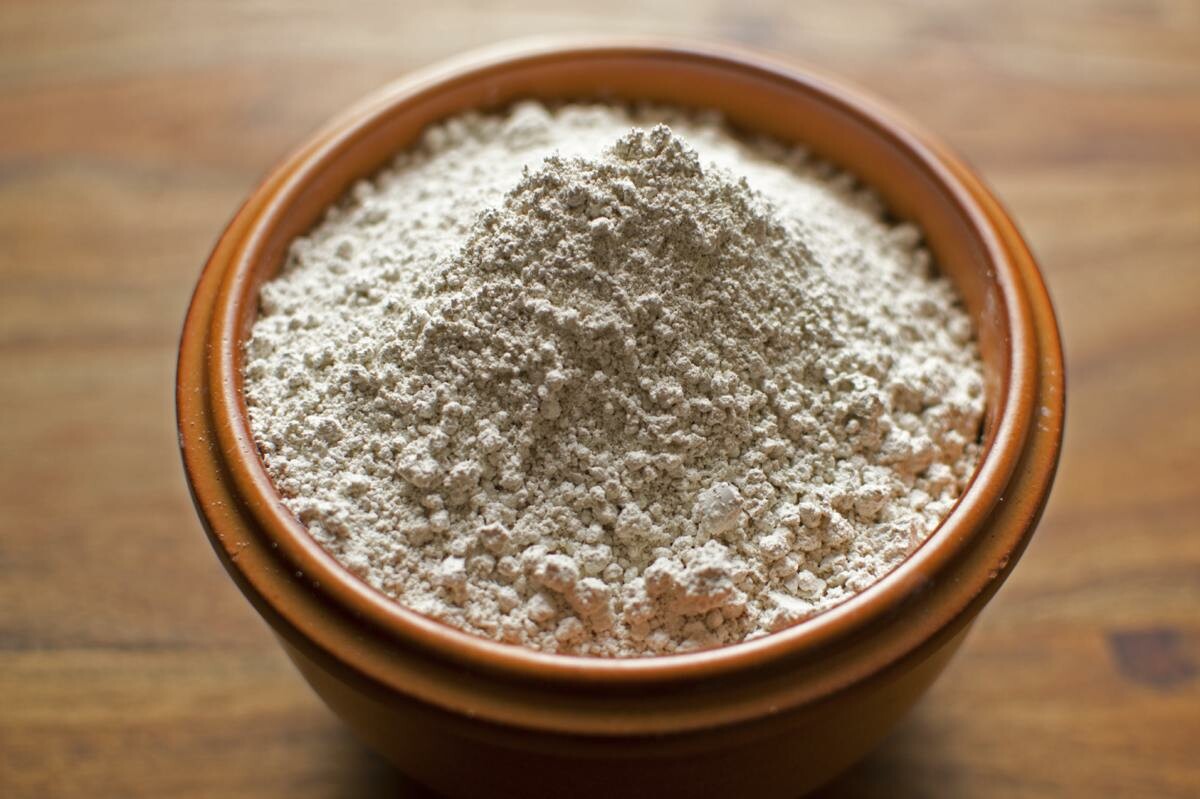
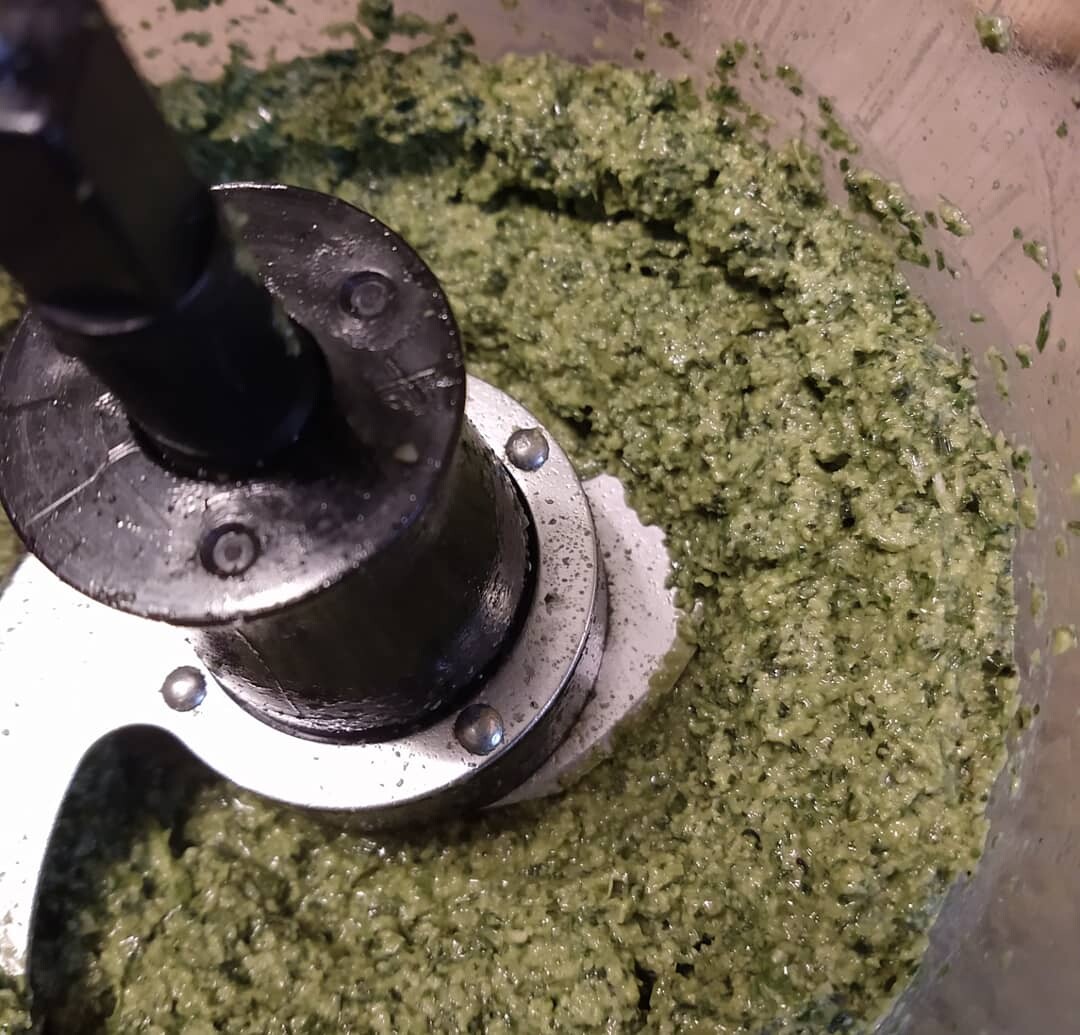 AfterHomemade Arugula/Basil Pesto
AfterHomemade Arugula/Basil Pesto One to freeze and one to use this week.
One to freeze and one to use this week.Organic baby arugula
Organic basil
Pine nuts (you can also use walnuts, but I like being fancy 😉)
Hard-neck Garlic (9ish cloves)
Extra Virgin Olive oil
Pink Himalayan Sea Salt
2 drops black pepper vitality essential oil
3 drops lime vitality essential oil
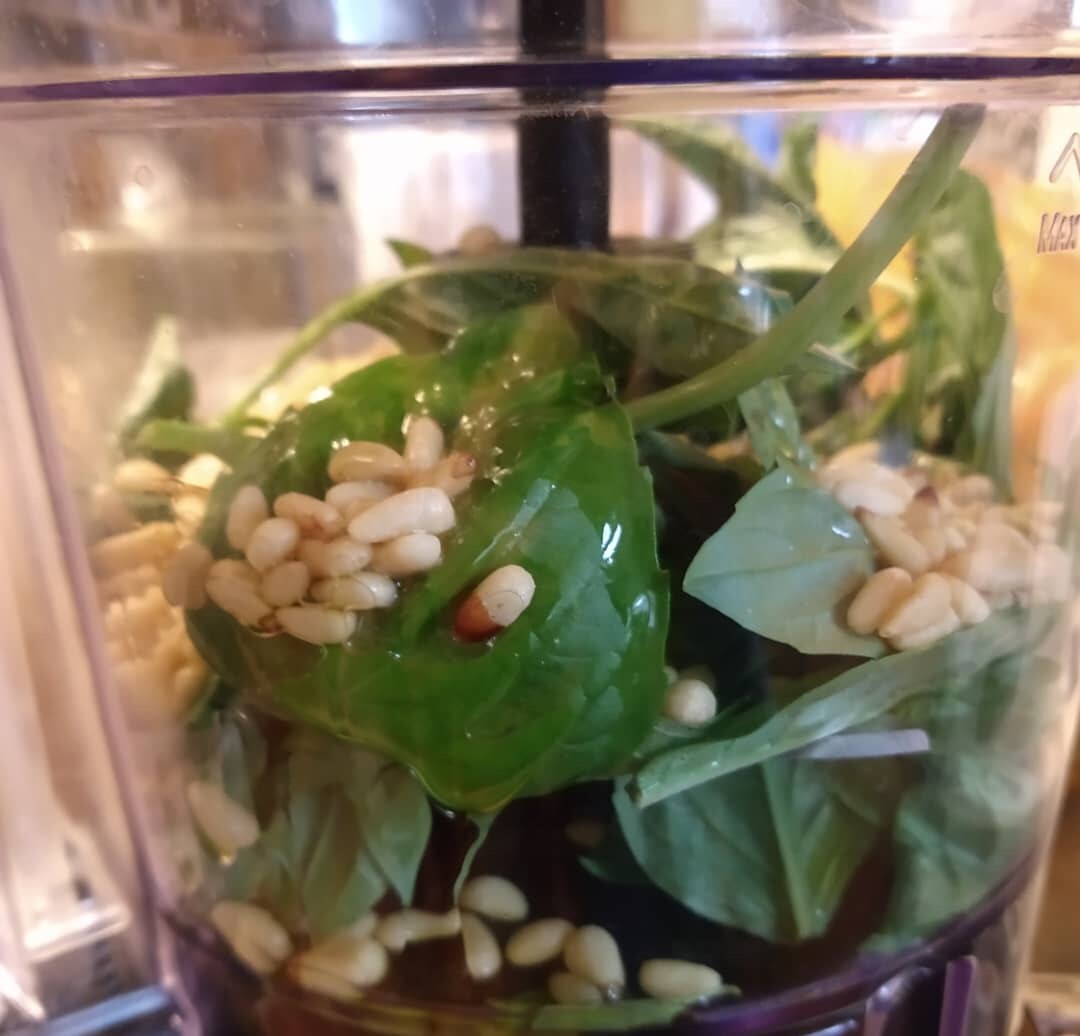 before
beforeIt is very important to know that not all essential oils are created equal...
You can’t just go out to a big box store (or anywhere online) and trust that you’re getting the good stuff. Lucky for you, I’ve got a source I trust. Contact me to learn more.
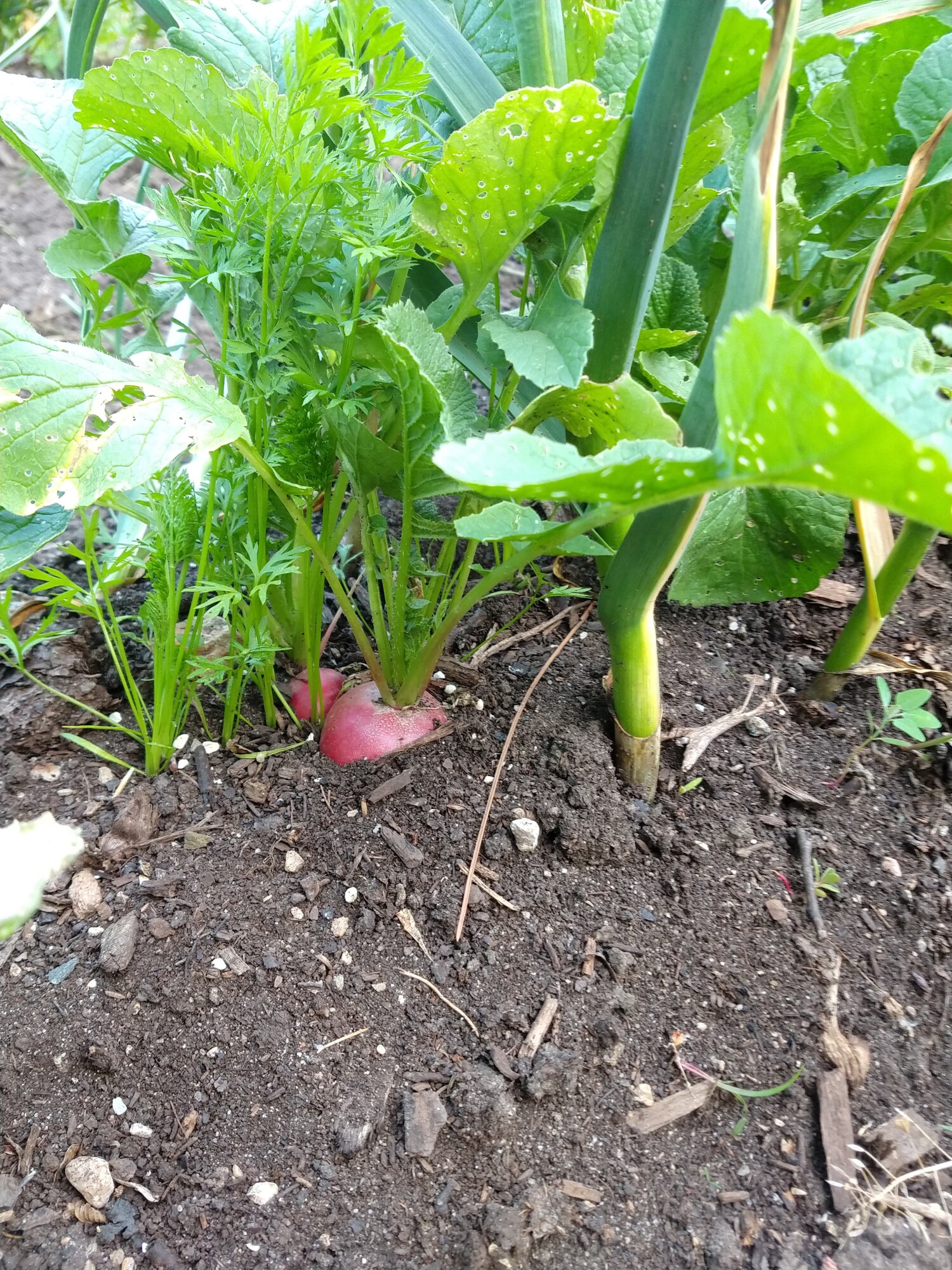
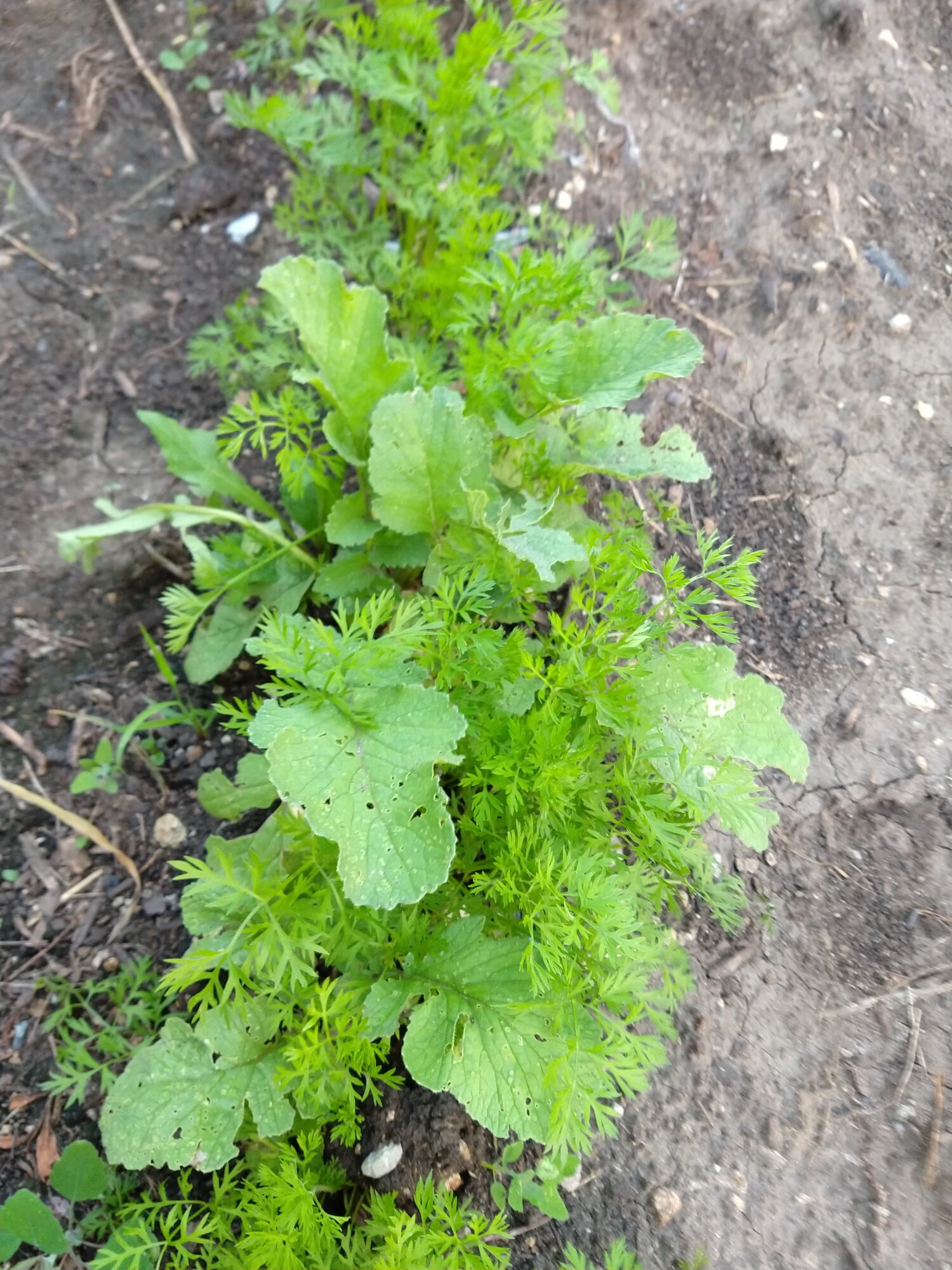 Fall crop of carrots/radishes planted recently without garlic.
Fall crop of carrots/radishes planted recently without garlic.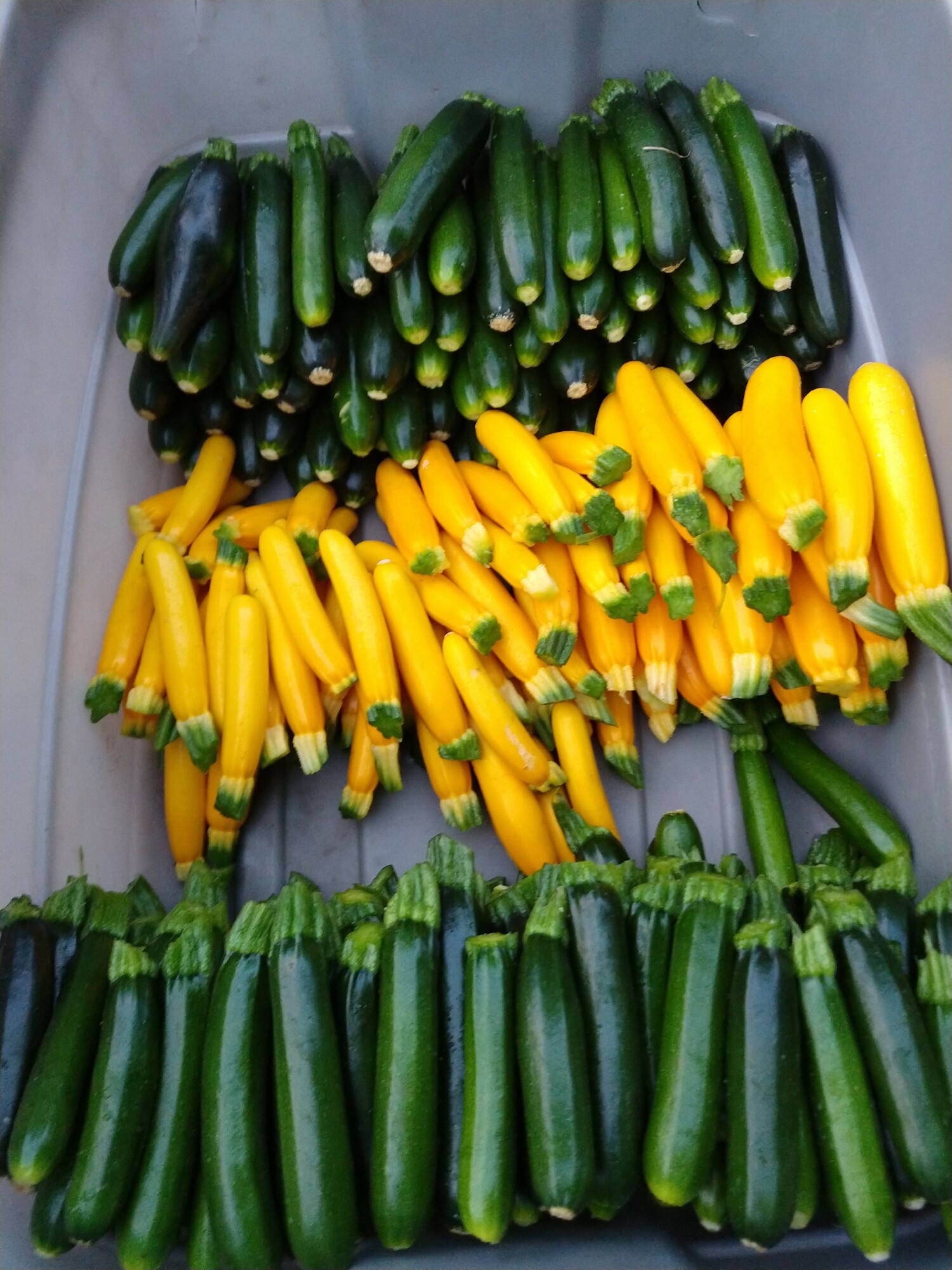 2nd crop of baby zucchini -- we pick 3x per week to get this size, otherwise we'd have a pick-up truck full of them!
2nd crop of baby zucchini -- we pick 3x per week to get this size, otherwise we'd have a pick-up truck full of them! 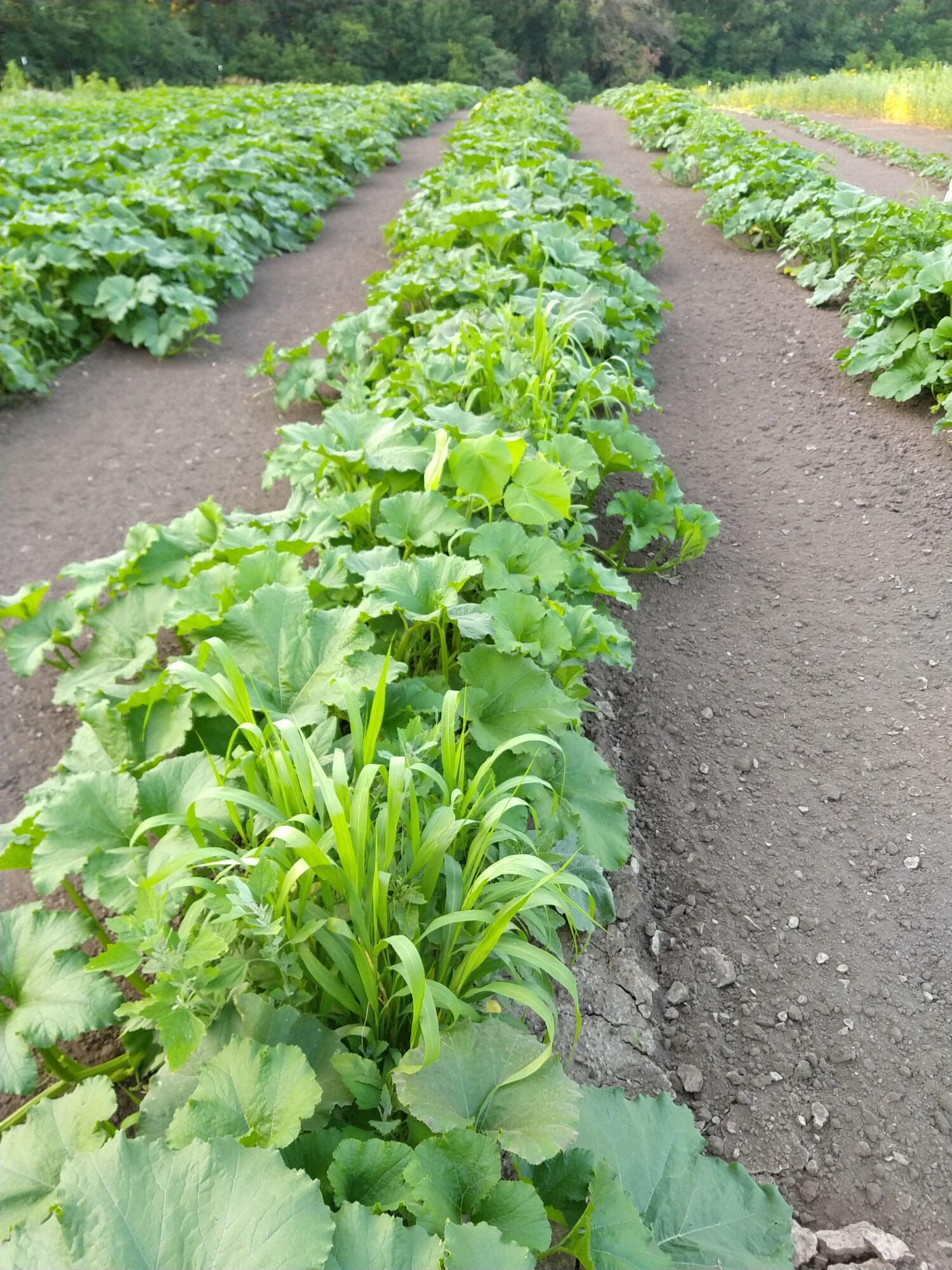 Pumpkin plants freshly tilled and about to run (they need to be hand-weeded still,
Pumpkin plants freshly tilled and about to run (they need to be hand-weeded still,don't mind the weeds)! ;)
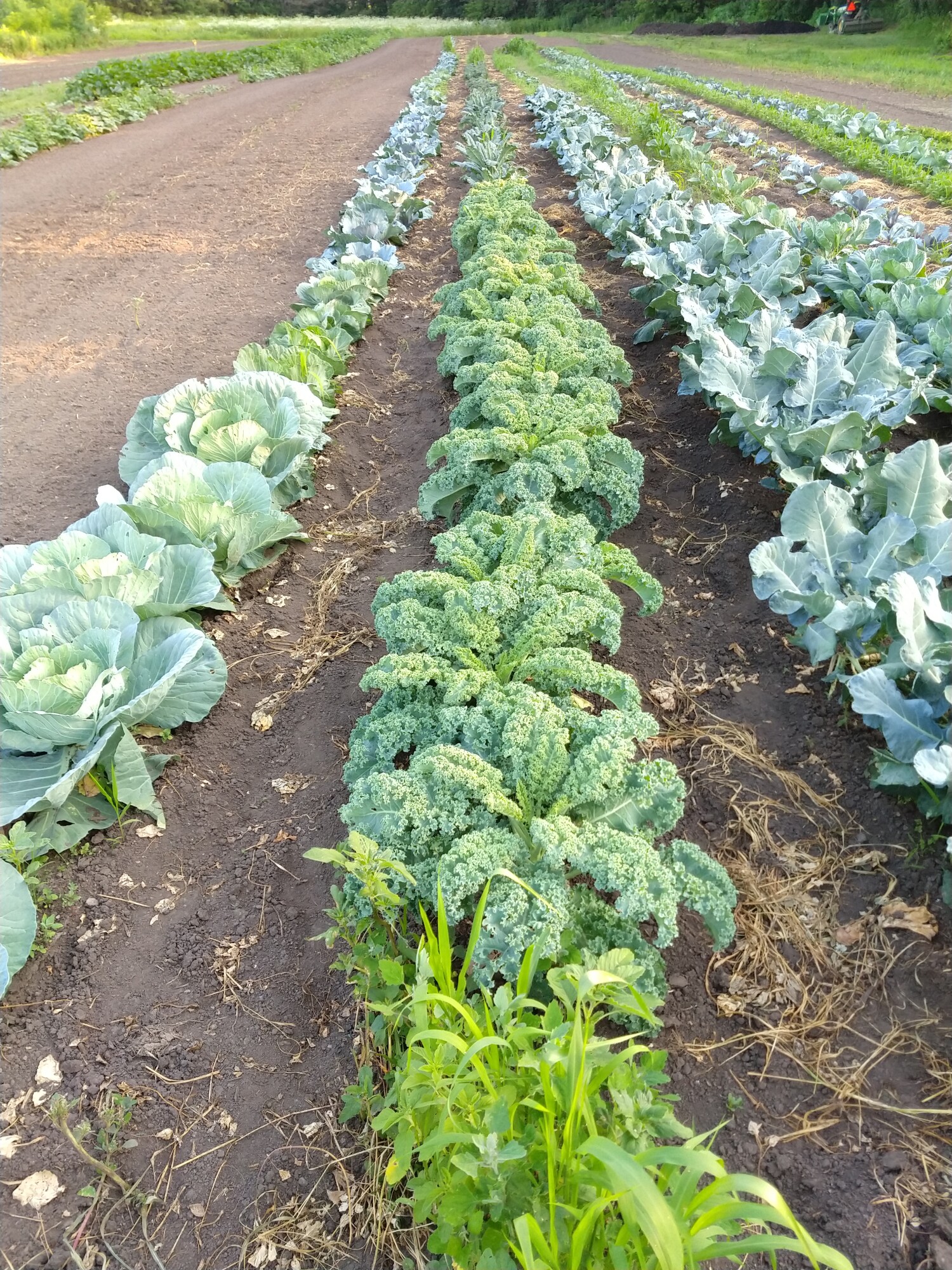 First planting of cabbage, broccoli, and kale.
First planting of cabbage, broccoli, and kale.You can see the zucchini too in the far top LH corner, and the cucumbers next to them. :)
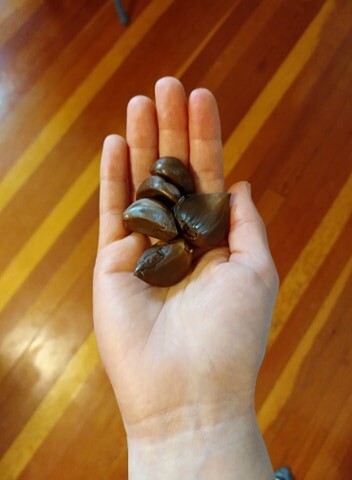 Black garlic can be found in restaurants everywhere, but the less well-known ingredient isn’t new. It has been used for its unique flavor, for medicinal purposes, and in Asian cuisines for centuries. Black garlic is the product of aging regular hard neck garlic bulbs over the course of weeks or months. It requires strictly regulated temperature and humidity to achieve its sticky blackish-brown consistency.
Black garlic can be found in restaurants everywhere, but the less well-known ingredient isn’t new. It has been used for its unique flavor, for medicinal purposes, and in Asian cuisines for centuries. Black garlic is the product of aging regular hard neck garlic bulbs over the course of weeks or months. It requires strictly regulated temperature and humidity to achieve its sticky blackish-brown consistency.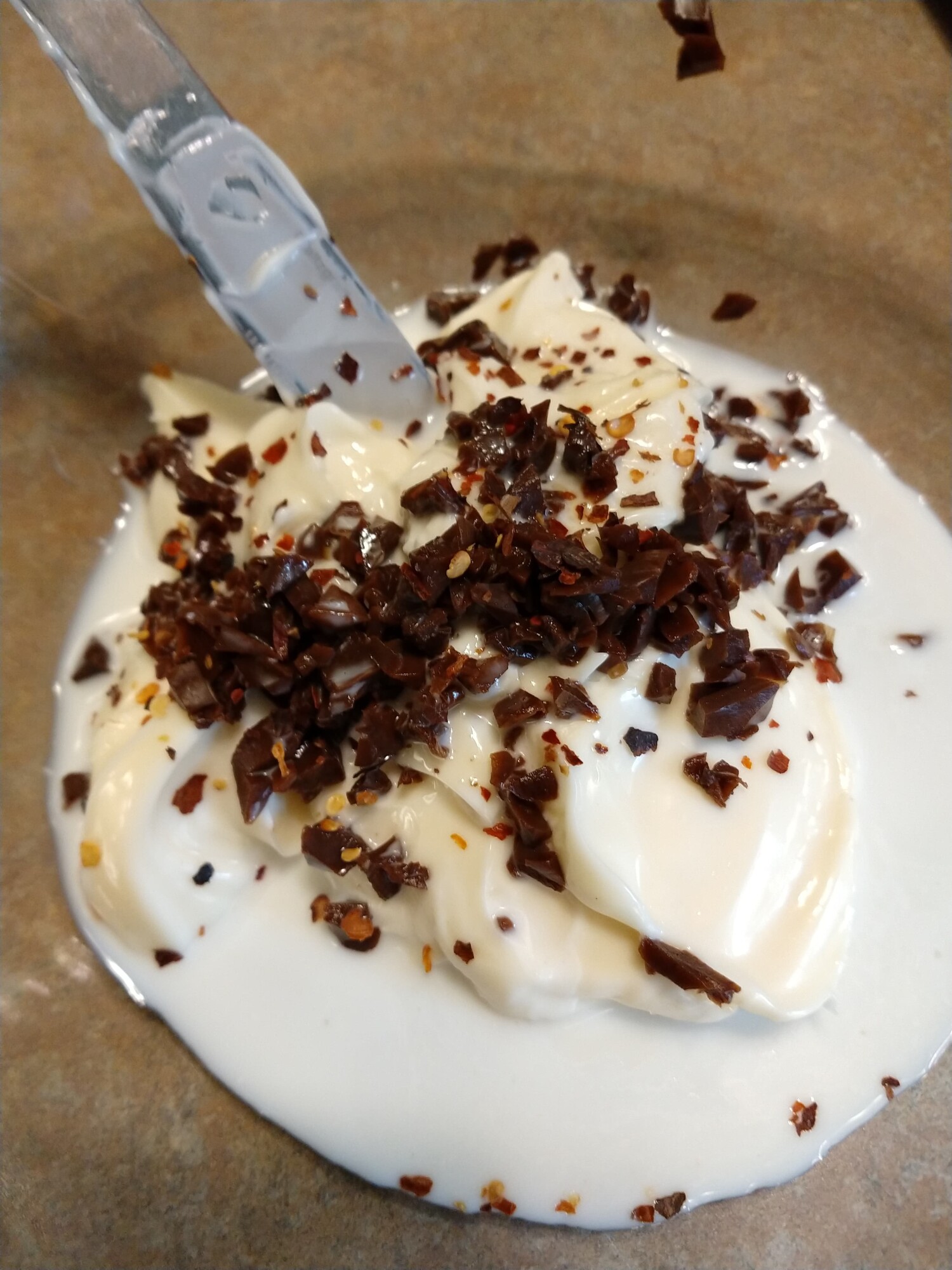
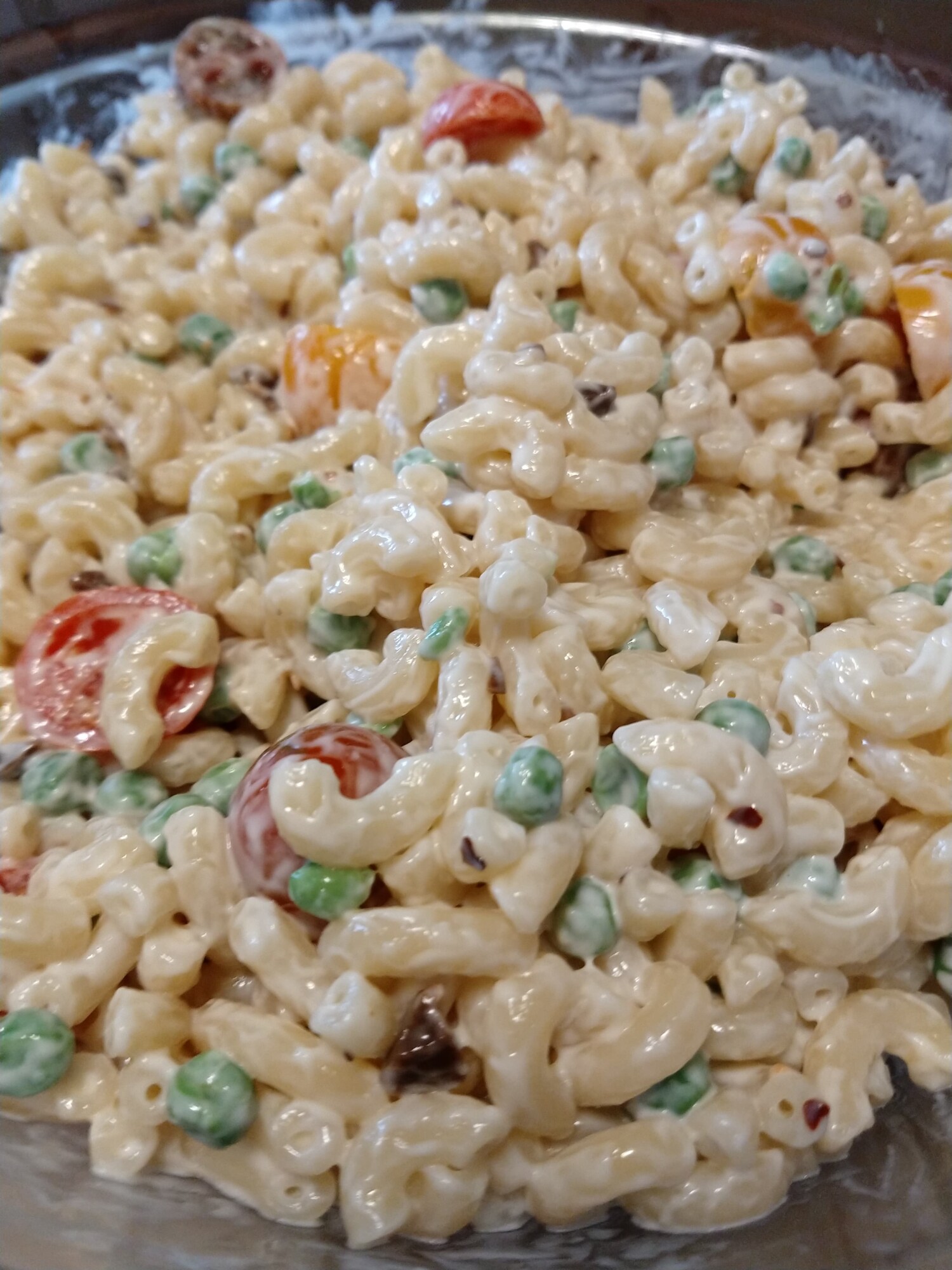 The process of making black garlic is less difficult than it is long. It can be aged for up to 60 days but will be ready to use after three weeks. Some people use a pressure cooker or rice cooker at home, while others use sealed canning jars and a dryer to get to the desired temperature and humidity levels.
The process of making black garlic is less difficult than it is long. It can be aged for up to 60 days but will be ready to use after three weeks. Some people use a pressure cooker or rice cooker at home, while others use sealed canning jars and a dryer to get to the desired temperature and humidity levels.- An abundance of antioxidant compounds such as polyphenols, flavonoids, tetrahydro-β-carboline derivatives, and organosulfur compounds, including S-allyl-cysteine and S-allyl-mercaptocysteine
- The fermentation process enhances the bioactivity.
- Growing evidence suggests that black garlic's properties potentially include: anticancer, anti-obesity, immuno-modulatory, hypolipidemic, antioxidant, hepatoprotective, and neuroprotective effects.
- Black garlic can perhaps scavenge the free radicals in vitro and also activate the antioxidant enzymes in vivo.
- Some recent reports have suggested black garlic as a prominent agent for treatment of inflammation and septicemia-related diseases.










